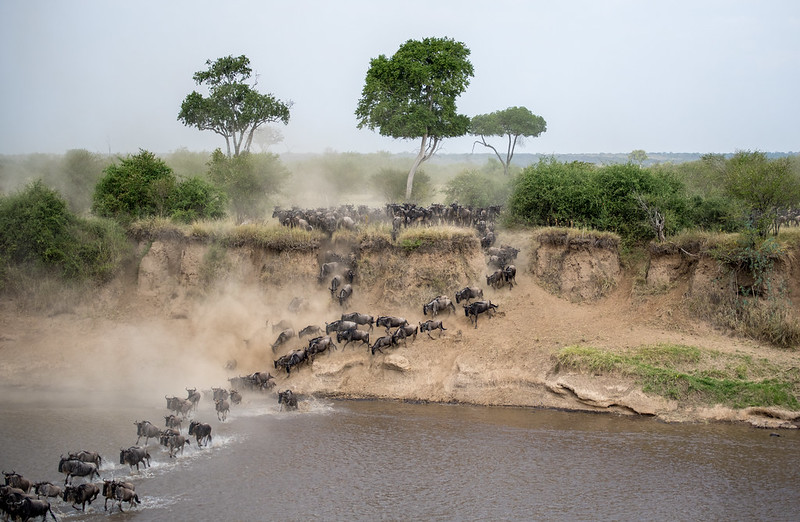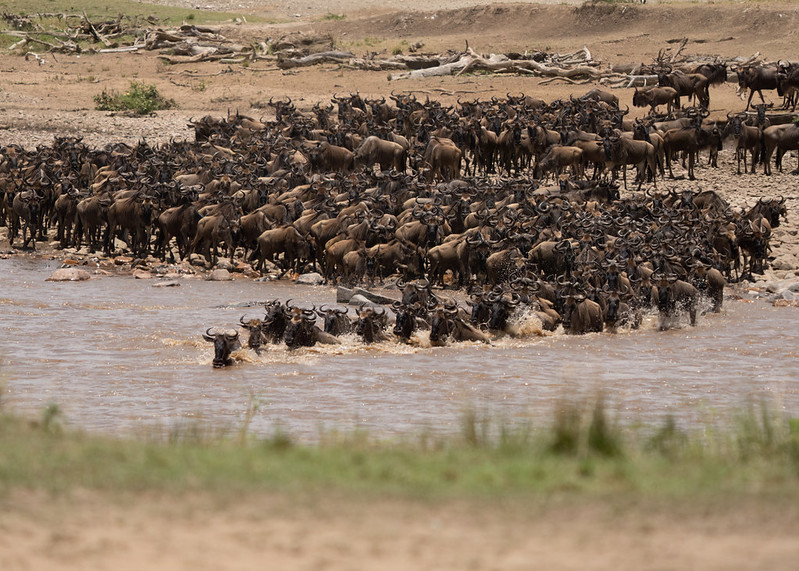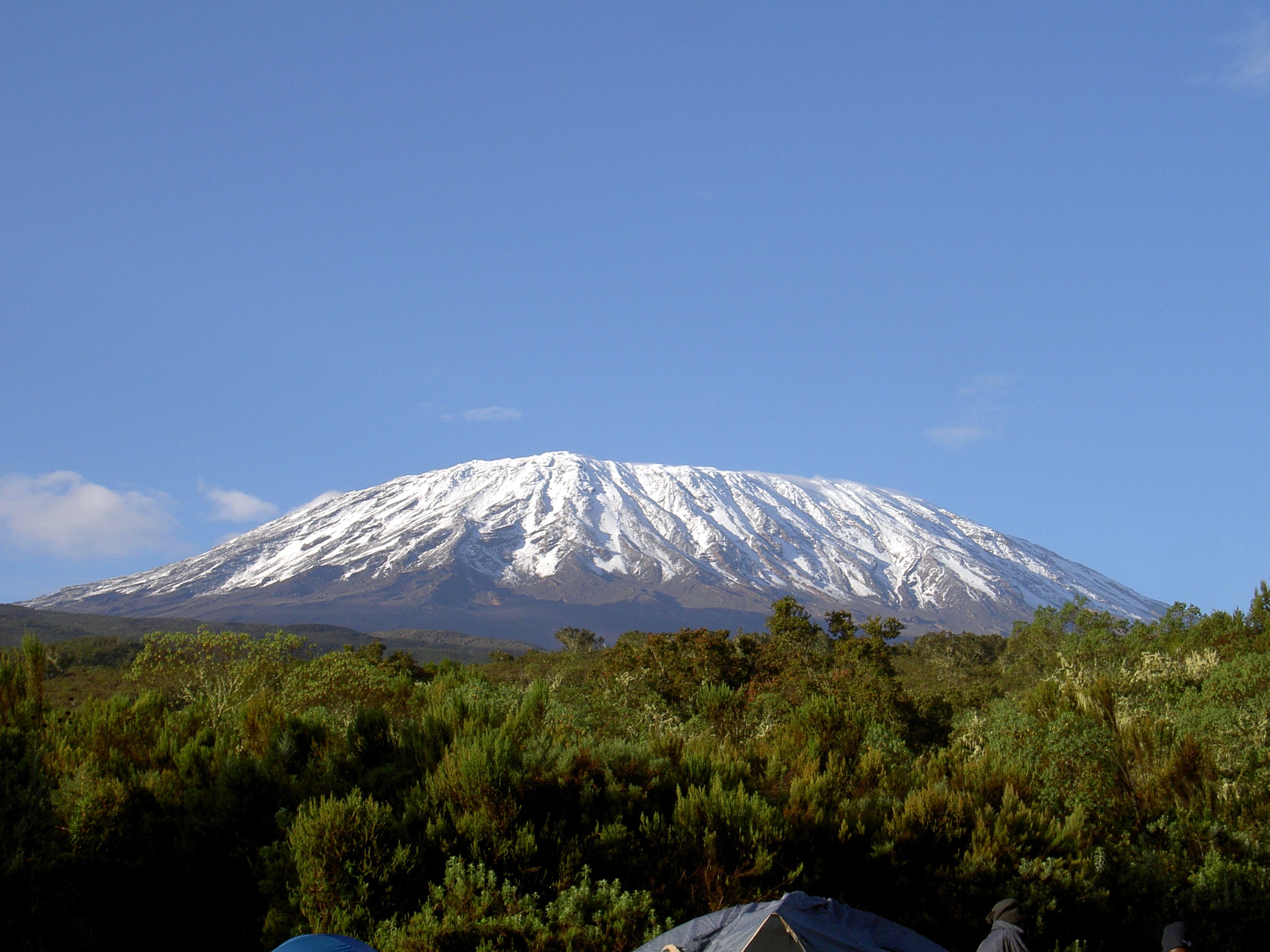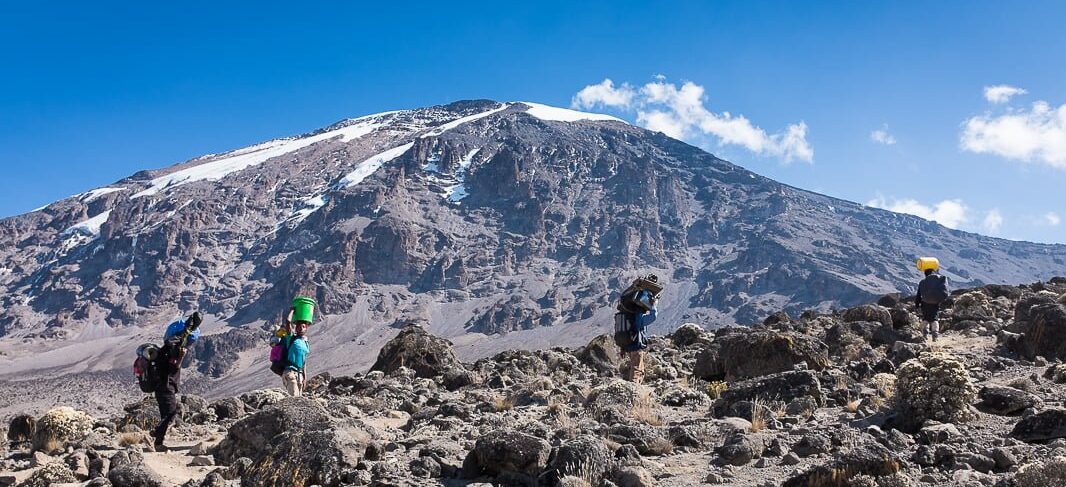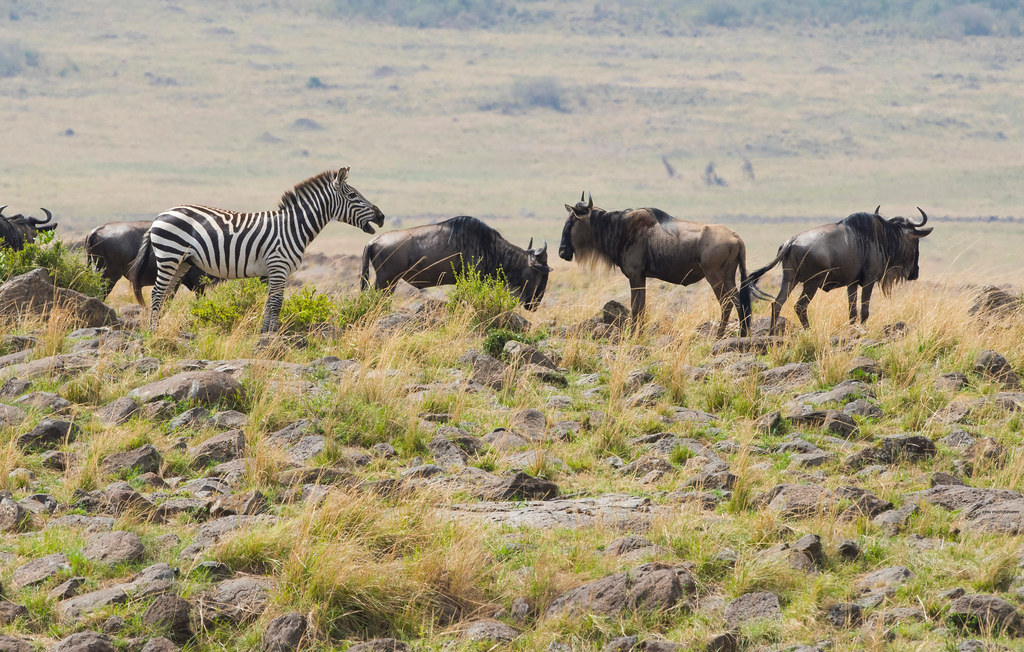
Annual Wildebeest Migration Month-by-Month Breakdown
Annual Wildebeest Migration, Month-by-Month Breakdown
Wildebeest Migration Months – The Great Migration generally refers to the movement of large numbers of animals across long distances in search of food, water, and breeding grounds.
One of the most well-known examples is the migration of wildebeests and other animals in the Serengeti ecosystem in East Africa.
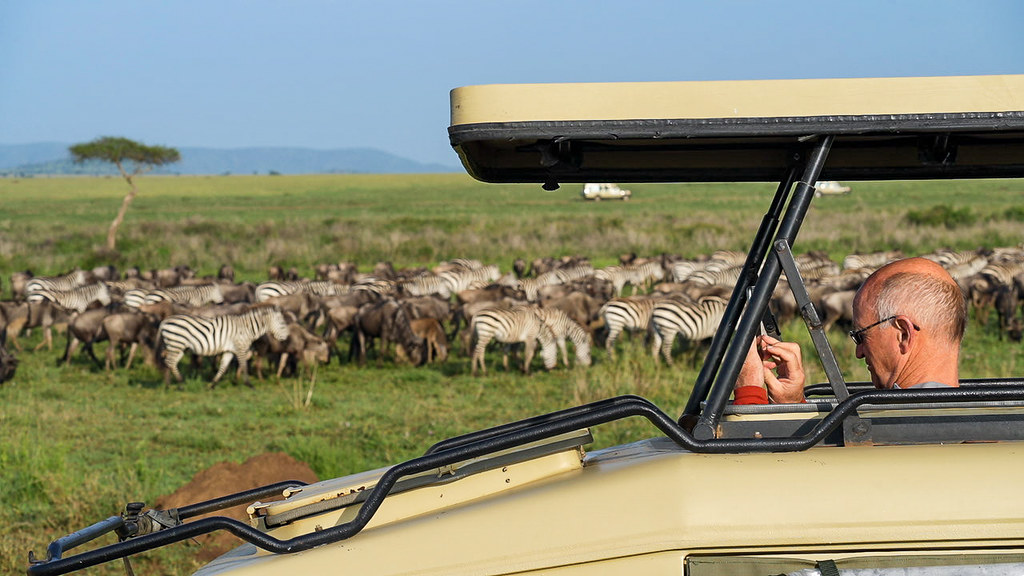
Breakdown Of Wildebeest Migration Months
Here’s a breakdown of the annual Great Migration in East Africa, particularly the wildebeest migration, on a month-by-month basis:
From January to March:
During these wildebeest months, the wildebeests are usually found in the southern Serengeti and the Ngorongoro Conservation Area in Tanzania.
This is the calving season, and millions of wildebeest give birth to their young here. The abundance of fresh grass provides an excellent food source for the new-born calves, and predators are also attracted to the area due to the vulnerable young prey.
April:
The rains start to subside, and the herds begin to move towards the western Serengeti.
May:
This month marks the beginning of one of the most iconic phases of the Great Migration – the crossing of the Grumeti River.
The herds gather near the river, and their crossing can be a perilous event as crocodiles lie in wait for an opportunity to prey on the wildebeests.
June to July:
The wildebeest herds continue to move northwards, crossing the Grumeti River and entering the northern Serengeti in Tanzania.
The area around the Mara River becomes their next destination.
August to September:
The dramatic river crossings at the Mara River in the northern Serengeti and the Maasai Mara in Kenya are the highlights of these months.
The herds cross the river in search of greener pastures in the Maasai Mara.
These crossings are dangerous, as crocodiles and predators lurk nearby.
October to November:
During these wildebeest migration months, the herds start their journey back southward, leaving the Maasai Mara and crossing back into the Serengeti in Tanzania.
The animals usually follow the same routes they took during their northward journey.
December:
The wildebeest herds return to the southern Serengeti and Ngorongoro Conservation Area, completing the annual Great Migration cycle.
The rains start again, and the cycle begins anew with the calving season.
It’s important to note that the timing of the Great Migration can vary depending on weather patterns and the availability of water and food.
Therefore, the exact timing of each phase of the migration may shift slightly, but the overall pattern remains relatively consistent.

